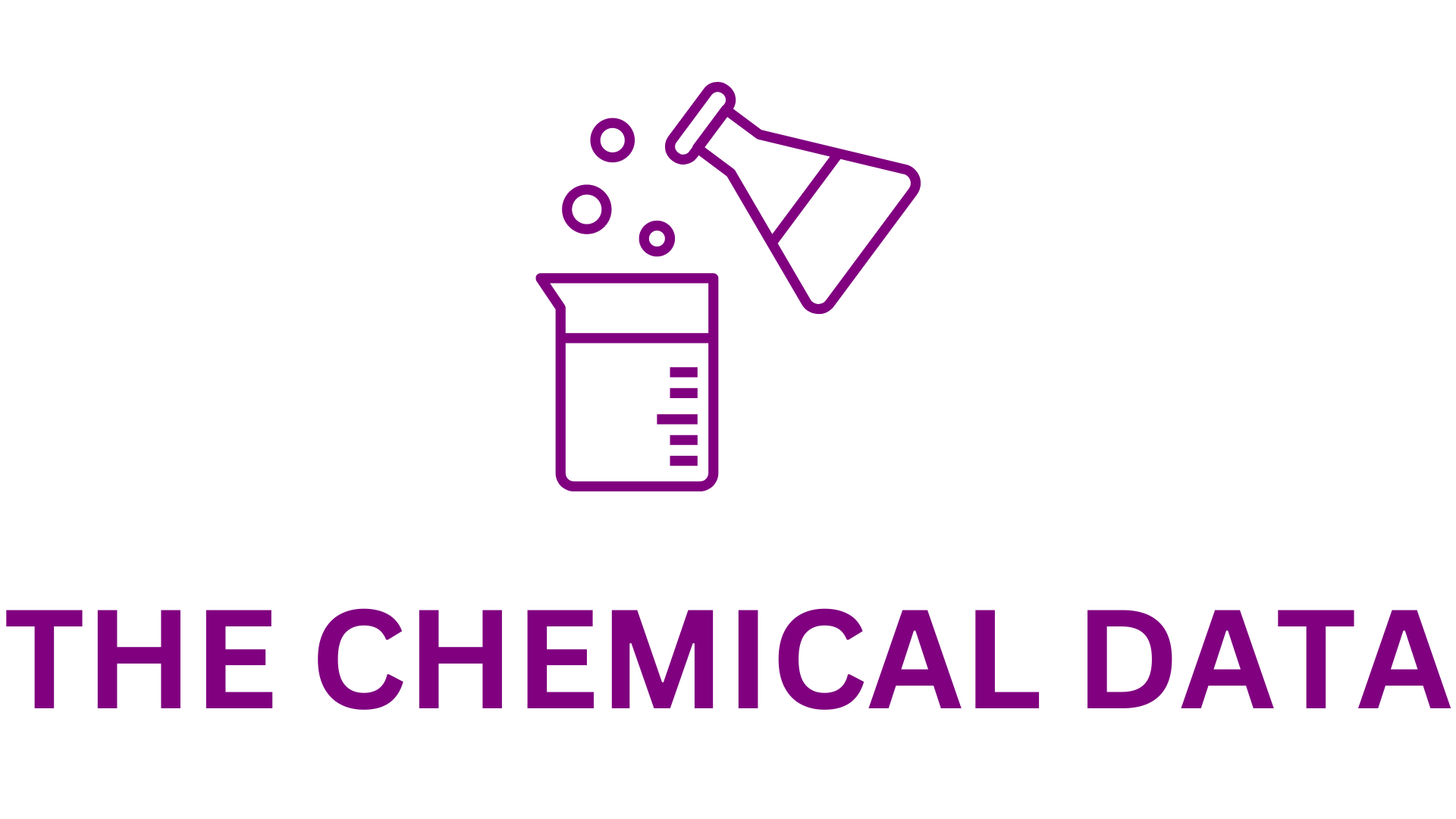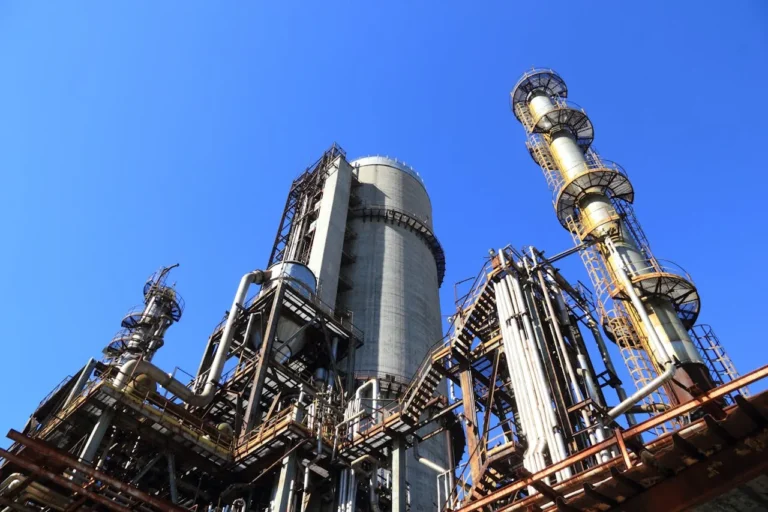
Woodside has announced a binding agreement to acquire OCI Clean Ammonia Holding B.V., along with its lower carbon ammonia project in Beaumont, Texas, for approximately $2.35 billion in cash. The project, currently under construction, is set to begin producing ammonia in 2025, with lower carbon ammonia production expected to start in 2026. The total consideration includes capital expenditures for completing the project’s first phase. According to Woodside CEO Meg O’Neill, this acquisition aligns with the company’s strategy to excel through the energy transition.
O’Neill stated, “This acquisition places Woodside firmly in the expanding lower carbon ammonia market, which has applications in power generation, marine fuels, and industrial processes, replacing higher-emission fuels.”
Global ammonia demand is projected to double by 2050, with lower carbon ammonia anticipated to account for nearly two-thirds of this demand.
“This project exceeds our capital allocation targets for new energy investments, with both phases expected to deliver an internal rate of return above 10 percent and a payback period of under 10 years,” O’Neill added. “It significantly advances our Scope 3 investment and abatement goals, with Phase 1 alone capable of reducing CO2 emissions by 1.6 million tonnes per annum. Adding Phase 2 will bring the total abatement capacity to 3.2 million tonnes per annum, meeting over 60 percent of our Scope 3 abatement target.”
OCI Clean Ammonia Project Overview
Located on the US Gulf Coast in Beaumont, Texas, the project will serve both domestic and international markets. Phase 1, currently under construction, will have a design capacity of 1.1 million tonnes per annum (Mtpa). Initial ammonia production, using natural gas, is expected by 2025, with lower carbon ammonia production anticipated to begin in 2026 once carbon capture and storage (CCS) operations commence.
Feedstock for the project will come primarily from Linde, with the Linde facility set to complete in early 2026. In the interim, multiple suppliers, including Linde, will provide feedstock. CCS services will be provided by ExxonMobil and are expected to be operational in 2026.
Initially, the facility will focus on conventional ammonia customers, transitioning to lower carbon ammonia customers in Europe and Asia once CCS is fully operational.
The project is designed to accommodate a second production train (Phase 2) with an additional 1.1 Mtpa capacity. Phase 2 is currently in the pre-final investment decision stage, with Woodside aiming for FID readiness in 2026 and an estimated capital expenditure between $1.2 billion and $1.4 billion.
Competitive Advantages
The project boasts several competitive advantages:
- It will be the world’s first ammonia plant utilizing auto thermal reforming with over 95% CO2 capture, resulting in an emissions intensity of 0.8 tCO2-e/t NH3, compared to 2.3 tCO2-e/t NH3 for unabated ammonia.
- Early entry into the lower carbon ammonia market.
- Utilizes proven ammonia synthesis technology from OCI’s existing operational sites.
- Located on the US Gulf Coast with access to multiple feedstock sources and a deepwater port for international export.
- A capital-efficient model leveraging third-party feedstocks for hydrogen with CCS and nitrogen.
- Gross equity Scope 1 and 2 emissions below 0.1 Mtpa CO2-e, with potential for further reductions through renewable energy.
- Favorable transaction terms that minimize project cost and schedule risks.
- Scalability with Phase 2 leveraging existing infrastructure.
Financial and Market Outlook
Phase 1 is projected to exceed Woodside’s 10% internal rate of return target for new energy projects, with a payback period of less than 10 years. Phase 2 is expected to deliver even better returns due to shared infrastructure.
Key financial benefits include:
- Lower costs due to early market entry and advantageous feedstock and CCS agreements.
- Reduced project cost and schedule risks due to favorable transaction terms.
- Property tax abatements and regulatory incentives for lower carbon ammonia in Europe and Asia.
- Scalability from Phase 2 development benefiting from Phase 1 infrastructure.
The projected internal rate of return and payback period assume full Woodside equity and include acquisition costs, with lower carbon ammonia prices expected to rise in line with EU carbon border adjustment mechanisms.
Ammonia Market Trends
Demand for lower carbon ammonia is expected to increase as the energy transition progresses. The current ammonia market is nearly 200 Mtpa, with 80% used for fertilizers and the rest for industrial purposes. The growth in lower carbon ammonia demand will be driven by decarbonizing traditional sectors and emerging uses such as marine fuels, power generation, and as a hydrogen carrier.
Europe and Asia are predicted to be major demand centers due to supportive policies. The EU’s carbon border adjustment mechanism will create cost advantages for lower carbon ammonia, while Japan and South Korea are expected to support the market through subsidy schemes.
Transaction Details
Under the agreement, Woodside will acquire 100% of OCI Clean Ammonia Holding B.V., which fully owns the project, from OCI N.V. The project includes cost, schedule, and performance guarantees from OCI, which will manage construction and funding through to completion, and will also provide experienced personnel for the project’s operation.
The transaction is expected to close in the latter half of 2024, pending OCI N.V.’s shareholder vote and satisfaction of standard conditions.







